Home>Garden Essentials>How Long Does It Take Watermelon To Grow From Seed
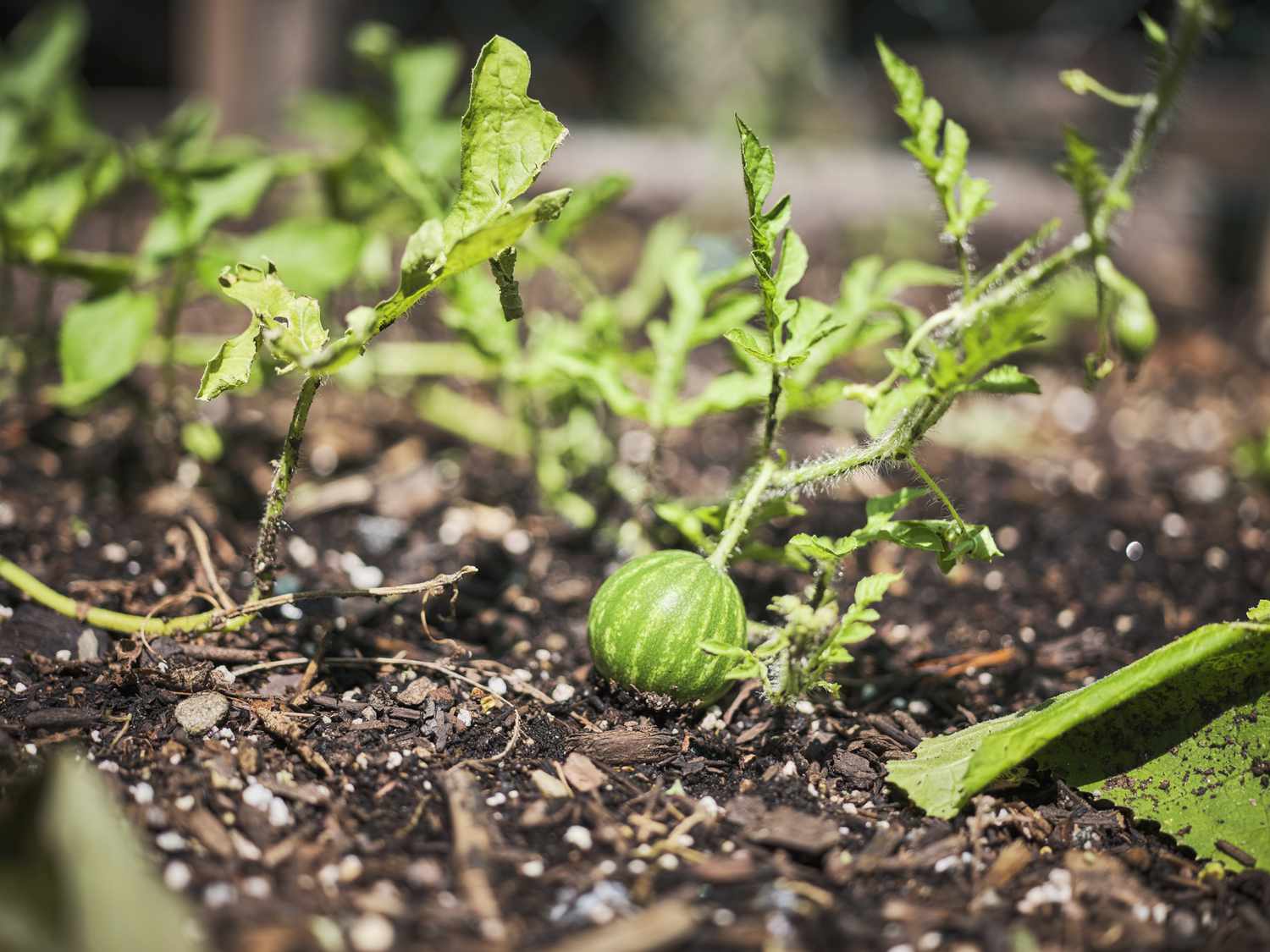

Garden Essentials
How Long Does It Take Watermelon To Grow From Seed
Modified: March 16, 2024
Discover how long it takes for watermelon to grow from seed in your garden. Learn expert tips for successful cultivation.
(Many of the links in this article redirect to a specific reviewed product. Your purchase of these products through affiliate links helps to generate commission for Storables.com, at no extra cost. Learn more)
Introduction
Watermelon, with its refreshing sweet taste and juicy texture, is a beloved summer fruit. Whether you grow it in your backyard garden or in containers on your patio, the journey from a tiny seed to a fully ripe watermelon is a fascinating process. In this article, we will explore the timeline of watermelon growth and provide you with all the information you need to successfully grow watermelons from seed.
Before we delve into the details of watermelon growth, it’s essential to choose the right watermelon seeds. There are numerous varieties available, each with its unique characteristics. Some popular varieties include Crimson Sweet, Sugar Baby, and Charleston Gray. Consider factors such as size, taste, and growing conditions before selecting your watermelon seeds.
Now that you have your watermelon seeds, let’s begin the journey of growing these delicious fruits!
Key Takeaways:
- Growing watermelons from seed is an exciting journey, from choosing the perfect seeds to harvesting ripe, juicy fruits. Providing proper care, sunlight, and water is essential for successful growth.
- Understanding the importance of pollination and proper harvesting techniques ensures the best flavor and sweetness in homegrown watermelons. Enjoy the rewarding experience of nurturing seeds into delicious fruits.
Choosing Watermelon Seeds
When it comes to choosing watermelon seeds, there are a few factors to consider. First and foremost, think about the size of the watermelon you desire. Do you prefer smaller, personal-sized fruits or larger watermelons to share with friends and family? Different varieties of watermelons produce fruits of varying sizes, so be sure to check the seed packet or consult a gardening expert for information on the potential size of the watermelons.
Next, consider the flavor profile you prefer. Watermelons range from super sweet to more mild and refreshing. Some people enjoy the intense sweetness of varieties like Sugar Baby, while others prefer the balance of sweetness and mildness found in Crimson Sweet or Charleston Gray.
Another critical factor to consider is the growing conditions in your region. Different watermelon varieties have varying preferences when it comes to temperature, humidity, and sunlight. Check the seed packet or do some research to determine which varieties thrive in your specific climate.
Lastly, keep in mind your space limitations. If you have a small backyard or are gardening in containers, look for compact or space-saving varieties that are more suitable for such settings.
Once you have determined your preferences and requirements, visit your local nursery or search online for reputable seed suppliers. Read reviews and choose a supplier known for quality seeds. You can also explore heirloom varieties for unique flavors and characteristics.
Remember to purchase fresh seeds for optimal germination. Seeds that are more than a year old may have reduced viability, so it’s always a good idea to use fresh seeds or store them properly for future use.
With the right watermelon seeds in hand, you are now ready to begin the process of growing your own tasty watermelons from scratch!
Germination Period
The germination period is the time it takes for watermelon seeds to sprout and begin their journey towards becoming a mature plant. Typically, watermelon seeds take around 7 to 10 days to germinate, but this can vary depending on the variety and growing conditions.
To start the germination process, plant the watermelon seeds in a seed tray or individual pots filled with seed-starting mix. Make sure the soil is well-drained and rich in organic matter. Plant the seeds about 1 inch deep and cover them lightly with soil. Water the seeds gently, ensuring that the soil stays moist but not waterlogged.
Place the seed tray or pots in a warm location with a temperature between 70 to 85 degrees Fahrenheit (21 to 29 degrees Celsius). You can also use a seedling heat mat to provide consistent warmth, especially if you are starting your seeds indoors. Some gardeners cover the containers with plastic wrap or use a propagator to create a mini greenhouse effect, which helps retain moisture and promotes faster germination.
During the germination period, it’s important to keep the soil consistently moist. Check the moisture level daily and water as needed, using a spray bottle or a gentle stream of water from a watering can to avoid displacing the seeds. Be patient and monitor the trays for any signs of life.
Once the seeds begin to germinate, you will notice small white roots emerging from them. Soon after, the green shoots will push through the soil surface, signaling successful germination. At this point, it’s time to remove any coverings or plastic wraps and move the seedlings to a well-lit area.
Transferring the seedlings to individual pots or a larger container will provide them with more space to grow. Handle the delicate seedlings with care, gently loosening the soil around them and transplanting them into their new homes. Continue to water the seedlings regularly, ensuring the soil stays consistently moist but not saturated.
The germination period is an exciting stage in the watermelon growing process, as it marks the beginning of your watermelon plants’ growth. With proper care and attention, your watermelon seedlings will soon flourish and progress to the next stage of their development: the seedling stage.
Seedling Stage
After the germination period, watermelon seedlings enter the seedling stage. This is a crucial phase in their development as they establish a strong root system and begin to grow their first true leaves.
During the seedling stage, it’s important to provide the seedlings with adequate sunlight. Place them in a location that receives at least 6 to 8 hours of direct sunlight each day. If you are growing watermelons indoors, you can use fluorescent lights or grow lights positioned a few inches above the seedlings to ensure they receive the necessary light energy. Keep the lights on for around 14 to 16 hours a day.
Watermelon seedlings also need consistent moisture to thrive. Water them regularly, ensuring the soil remains evenly moist. Avoid overwatering, as this can lead to root rot and other issues. It’s a good practice to water the seedlings in the morning, allowing the excess moisture to dry off during the day and reducing the chances of fungal diseases.
As the seedlings grow, they will start developing their true leaves, which are different from the initial cotyledon leaves that emerge during germination. The true leaves are typically larger and have a distinct watermelon leaf shape. At this stage, you can gently fertilize the seedlings with a balanced liquid fertilizer diluted to half strength. This will provide the young plants with essential nutrients for healthy growth.
It’s also important to protect the seedlings from pests and diseases. Monitor the plants regularly for common pests like aphids or cucumber beetles, as well as signs of diseases like powdery mildew. Remove any affected leaves or use organic pest control methods to keep your seedlings healthy.
As the seedlings continue to grow and develop, they will eventually outgrow their initial containers or seedling trays. It’s essential to transplant them into larger pots or into the garden when they have 2 to 3 true leaves and are around 4 to 6 inches tall. Make sure to space the seedlings properly, allowing enough room for them to spread and grow without overcrowding.
With proper care, sunlight, water, and fertilization, the seedlings will strengthen and prepare for the next stage of the watermelon growing journey: the growing season.
Growing Season
The growing season is the period when watermelon plants experience rapid growth and develop into mature vines that produce flowers and fruits. Depending on the variety, watermelons typically take 70 to 90 days to reach full maturity from the time of planting.
During the growing season, it’s crucial to provide your watermelon plants with optimal growing conditions. They require a minimum of 6 to 8 hours of direct sunlight each day. Choose a location in your garden that receives full sun for the majority of the day. Ensure the soil is well-drained, loose, and rich in organic matter. Incorporating compost or well-rotted manure into the soil before planting will help provide the necessary nutrients for vigorous growth.
Watermelon plants have sprawling vines that can take up a considerable amount of space, so make sure to provide them with ample room to grow. If you have limited space, you can consider using trellises or vertical gardening techniques to support the vines and save space.
Regular irrigation is essential to ensure the plants receive sufficient water, especially during dry spells. Water deeply, allowing the soil to dry slightly between waterings to promote healthy root development. Be cautious not to overwater, as excessive moisture can lead to diseases and rotting of the fruits.
Fertilization is another critical aspect of the growing season. Apply a balanced fertilizer recommended for fruiting plants or use organic options such as compost or well-rotted manure to provide the necessary nutrients. Follow the instructions on the fertilizer package and avoid over-fertilizing, as this can result in excessive vine growth and reduced fruit production.
During the growing season, watermelon plants produce long, sprawling vines that can be trained or pruned to ensure better fruit quality and an organized garden space. Regularly monitor the vines and redirect them as needed to prevent them from spreading into unwanted areas or overcrowding other plants.
Pollination is crucial for watermelon plants to set fruit. Many varieties have both male and female flowers on the same plant, while others have separate male and female plants. Bees and other pollinators play a vital role in transferring pollen between the flowers. To attract pollinators, incorporate flowers and herbs that attract bees into your garden. Additionally, you can hand-pollinate if necessary by transferring pollen from the male flowers to the female flowers using a small brush or cotton swab.
As the watermelons develop, you may need to provide support for the fruit to prevent them from resting on the ground. Placing a soft material, such as straw or a cardboard sheet, under the fruit can help prevent rotting and damage.
Throughout the growing season, monitor the plants for pests and diseases. Common pests that may affect watermelon plants include cucumber beetles and aphids. Use organic pest control methods or consult with a local gardening expert for advice on how to manage these pests effectively. Additionally, keep an eye out for signs of diseases such as powdery mildew or fusarium wilt, and take appropriate preventive measures to protect your plants.
By providing the right growing conditions, regular maintenance, and attention to your watermelon plants during the growing season, you will soon be rewarded with the delicious fruits of your labor!
Watermelon seeds typically take 4-10 days to germinate. Once sprouted, it takes about 80-95 days for the watermelon to fully mature and be ready for harvest. Keep the soil consistently moist and provide plenty of sunlight for best results.
Read more: How Long To Grow Watermelon From Seed
Watering and Fertilizing
Watering and fertilizing are two key aspects of growing healthy and productive watermelon plants. Proper irrigation and nutrient management ensure that the plants have the necessary resources to grow vigorously and produce juicy, flavorful fruits.
Watermelon plants have deep root systems, so it’s important to provide them with deep and consistent irrigation. Water deeply, saturating the soil to a depth of at least 6 inches. This encourages the roots to grow downwards in search of water, making the plants more resilient during dry periods. Aim to water the plants once or twice a week, depending on the weather conditions. The soil should be evenly moist, but not waterlogged, to prevent root rot. Mulching around the base of the plants can help retain soil moisture and reduce weed growth.
During the early stages of growth, watermelon plants require about 1 inch of water per week. As they approach maturity and begin fruiting, their water needs increase to about 2 inches per week. Monitor the soil moisture regularly and adjust the watering frequency accordingly. Be aware that excessive rain or overwatering can lead to cracked fruits or diseases, so finding the right balance is essential.
In addition to water, watermelon plants need a steady supply of nutrients to thrive. Before planting, incorporate organic matter such as compost or well-rotted manure into the soil to improve its fertility and structure. This provides a good foundation of nutrients for the plants.
During the growing season, watermelon plants benefit from regular fertilization. Start by applying a balanced slow-release granular fertilizer according to the package instructions. This will provide a steady supply of nutrients over time. Alternatively, you can use liquid fertilizers that are specifically formulated for fruiting plants. Follow the recommended dosage instructions for these fertilizers.
When applying fertilizer, be mindful not to overdo it. Too much nitrogen can result in excessive vine growth at the expense of fruit production. Aim for a balanced fertilizer with equal or slightly higher levels of phosphorus and potassium compared to nitrogen. These nutrients promote fruit development and overall plant health.
It’s a good practice to apply fertilizer in multiple applications throughout the growing season. Divide the total amount of fertilizer recommended into 2 or 3 applications, spreading them evenly around the plants. Apply fertilizer early in the growing season and then again when the plants are actively growing and setting fruits.
As the watermelon plants develop, monitor their growth and adjust the fertilizer application if necessary. Yellowing leaves or stunted growth may indicate nutrient deficiencies or excesses. Leaf discoloration or spotting can also be a sign of nutrient imbalances or specific nutrient deficiencies. Soil testing can help identify any deficiencies and allow you to make targeted adjustments to your fertilization regimen.
Remember to water the plants after fertilizing to help the nutrients penetrate into the root zone and minimize the risk of burning the plants’ roots.
By providing proper irrigation and balanced fertilization, you will ensure that your watermelon plants have the essential resources they need to thrive and produce delicious, succulent fruits.
Pollination and Fruit Set
Pollination is a critical step in the watermelon growing process as it is necessary for fruit set, where the flowers develop into actual watermelon fruits. Watermelon plants produce separate male and female flowers on the same vine, and in some varieties, on separate male and female plants.
The male flowers are responsible for producing pollen, while the female flowers have the potential to develop into fruit. Pollination occurs when pollen is transferred from the male flowers to the female flowers, allowing fertilization to take place.
Many watermelon varieties rely on bees and other pollinators to assist with the transfer of pollen. By planting flowers that attract pollinators nearby, such as marigolds or lavender, you can enhance the chances of successful pollination.
If you notice a lack of pollinators in your garden or if you’re growing watermelons in a greenhouse or enclosed space, you may need to take matters into your own hands and hand-pollinate the flowers. This can be done by gently rubbing the male flower’s stamen (the part with pollen) against the female flower’s stigma (the sticky part in the center). Another method is to use a small brush or cotton swab to collect pollen from the male flower and carefully deposit it onto the stigma of the female flower.
Ensure that pollination takes place when the female flowers are fully open, as this is when they are most receptive to pollen. You can identify the female flowers by the small swelling at the base of the flower, which will eventually develop into a watermelon fruit.
Once pollination occurs, successful fertilization leads to the development of the fruit. However, it’s important to note that not every flower will result in a fully developed fruit. Some flowers may not be properly pollinated, while others may encounter unfavorable growing conditions or be subject to diseases.
As the fruit begins to develop, you may notice that some watermelon varieties can set multiple fruits per vine, while others may only produce one or two. Thinning the fruits can help improve the quality and size of the remaining fruits. Remove any misshapen or damaged fruits, as well as any excess fruits, leaving only a few well-formed ones per vine. This allows the plant to allocate its energy and resources towards developing a smaller number of high-quality fruits.
Throughout the fruit development stage, continue to provide regular irrigation and ensure the plants receive adequate sunlight and nutrients. Protect the developing fruits from pests and diseases by regularly monitoring the plants and taking appropriate measures such as using organic pest control methods or applying preventative sprays.
With successful pollination and proper care, you will soon be able to enjoy the fruits of your labor as the watermelon fruits continue to grow and ripen on the vine!
Harvesting the Watermelon
One of the most exciting parts of growing watermelons is the anticipation of harvesting and enjoying the ripe, juicy fruits. Harvesting watermelons at the right time ensures optimal flavor and sweetness. So, how do you know when it’s time to pick your watermelons?
The first indicator of ripeness is the change in color. Depending on the variety, ripe watermelons may exhibit a dulling or deepening of the rind color. For example, the rind of a ripe Crimson Sweet watermelon shifts from bright green to a darker, duller green, while a ripe Sugar Baby watermelon has a deep green color.
Another sign of ripeness is the appearance of the surface texture. The rind should feel slightly rough and resist your thumbnail’s pressure. It should no longer have a shiny or glossy appearance.
Additionally, check the underside of the watermelon where it rests on the ground. The spot should have changed from a creamy white or green color to a yellow or pale yellow hue. This is known as the “ground spot” and indicates that the watermelon is ripe and ready for harvesting.
When it comes to size, most watermelons reach their desired size at maturity, so use the information provided on the seed packet or consult a gardening resource to determine the expected size for your particular variety. However, keep in mind that size alone is not a reliable indicator of ripeness.
To harvest the watermelon, use a sharp knife or garden shears to cut the stem from the vine, leaving a short stub attached to the fruit. Avoid pulling or twisting the watermelon off the vine, as this can damage the plant and the fruit. It’s crucial to handle the watermelons with care to prevent any bruising or damage that could affect their quality.
After harvesting, it’s best to let the watermelons sit at room temperature for a few days to further develop their flavor and sweetness. If desired, you can refrigerate them to enjoy the refreshing taste of chilled watermelon.
Remember that watermelons are mostly composed of water, so they can be heavy. Take care when handling larger watermelons to avoid strain or injury.
If you have multiple watermelons that ripen around the same time, you can share the harvest with friends, family, or neighbors. It’s a delightful experience to see the smiles on their faces as they bite into a juicy, homegrown watermelon.
With proper timing and care, harvesting your homegrown watermelons will be a rewarding experience, providing you with a taste of summertime sweetness straight from your garden.
Conclusion
Growing watermelons from seed is a rewarding and fulfilling experience that allows you to enjoy the delicious fruits of your labor. From selecting the right watermelon seeds to harvesting the ripe, juicy watermelons, each step of the journey is filled with excitement and anticipation.
Choosing the perfect watermelon seeds involves considering factors such as size, flavor, growing conditions, and available space. By selecting the right seeds, you set the stage for a successful watermelon growing experience.
The germination period marks the beginning of the watermelon’s growth, followed by the seedling stage where the plants develop strong roots and true leaves. Providing adequate sunlight, water, and nutrients during this stage sets the foundation for healthy plants.
The growing season is a crucial period where watermelon plants experience rapid growth and fruit development. Providing optimal growing conditions, including ample sunlight, water, and proper fertilization, ensures successful fruit set and growth.
Pollination plays a vital role in the watermelon growing process, and understanding the importance of bees and other pollinators, as well as hand-pollination techniques, can help ensure a bountiful harvest.
Harvesting the watermelons at the right time is crucial for superb flavor and sweetness. Observing changes in color, surface texture, and the appearance of the ground spot helps you determine when to pick the watermelons from the vine.
Throughout the journey, it’s important to provide proper care, monitor for pests and diseases, and make adjustments as needed to ensure the health and productivity of your watermelon plants.
By immersing yourself in the process of growing watermelons, you not only gain a deeper connection with nature but also enjoy the satisfaction of nurturing a plant from seed to fruit-bearing maturity. So, grab your packets of watermelon seeds, prepare your garden or containers, and embark on a delightful watermelon-growing adventure. Before you know it, you’ll be savoring the sweet, juicy taste of your very own homegrown watermelons.
Frequently Asked Questions about How Long Does It Take Watermelon To Grow From Seed
Was this page helpful?
At Storables.com, we guarantee accurate and reliable information. Our content, validated by Expert Board Contributors, is crafted following stringent Editorial Policies. We're committed to providing you with well-researched, expert-backed insights for all your informational needs.
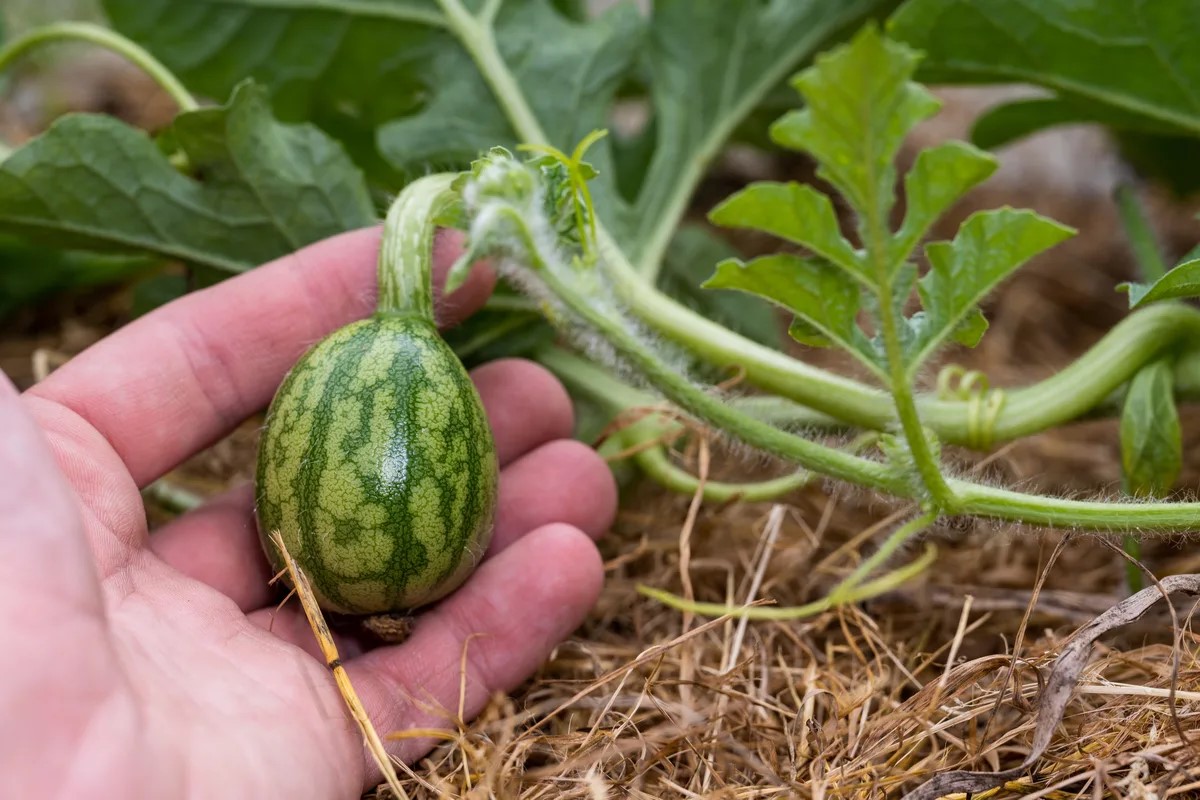
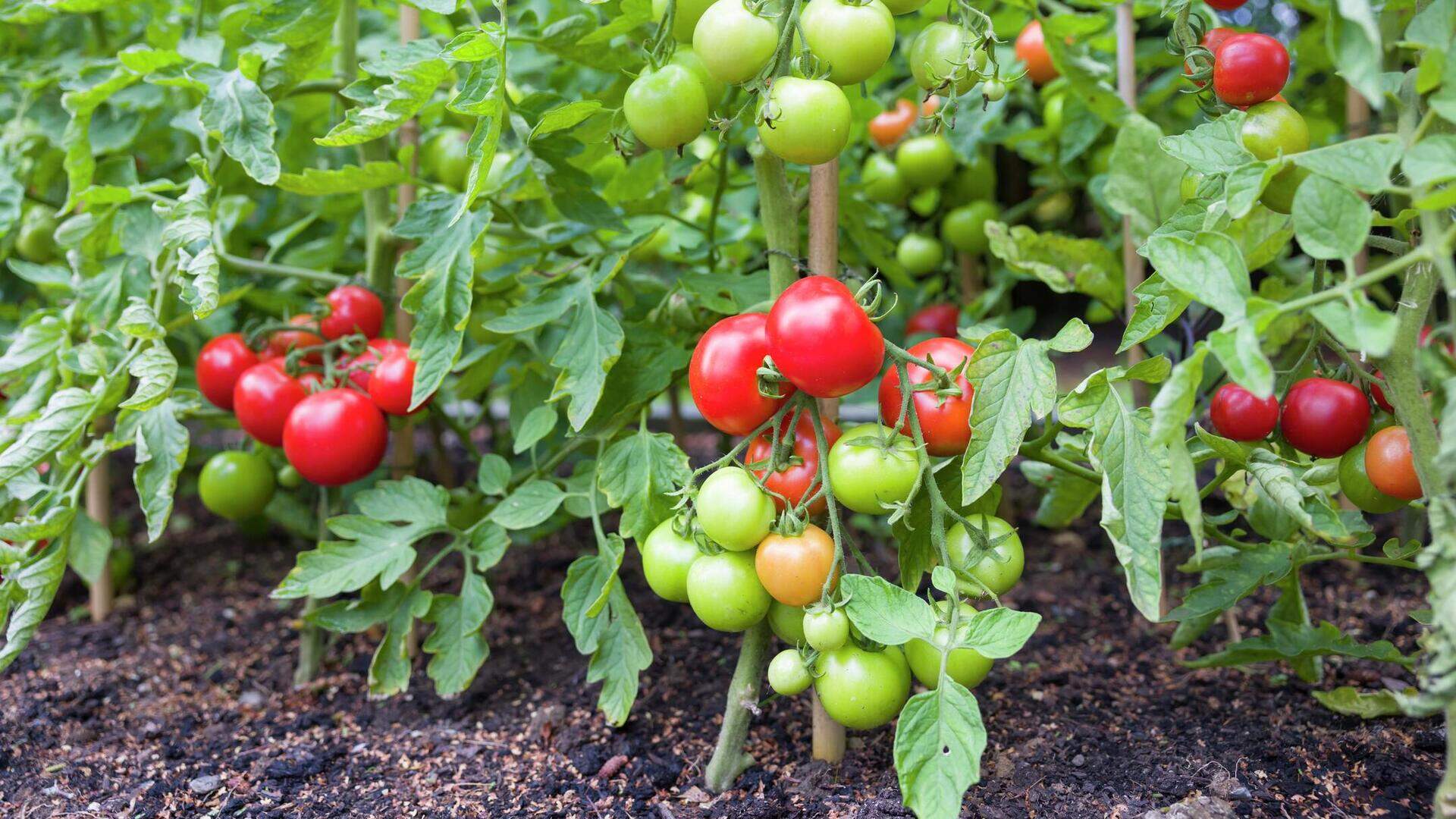
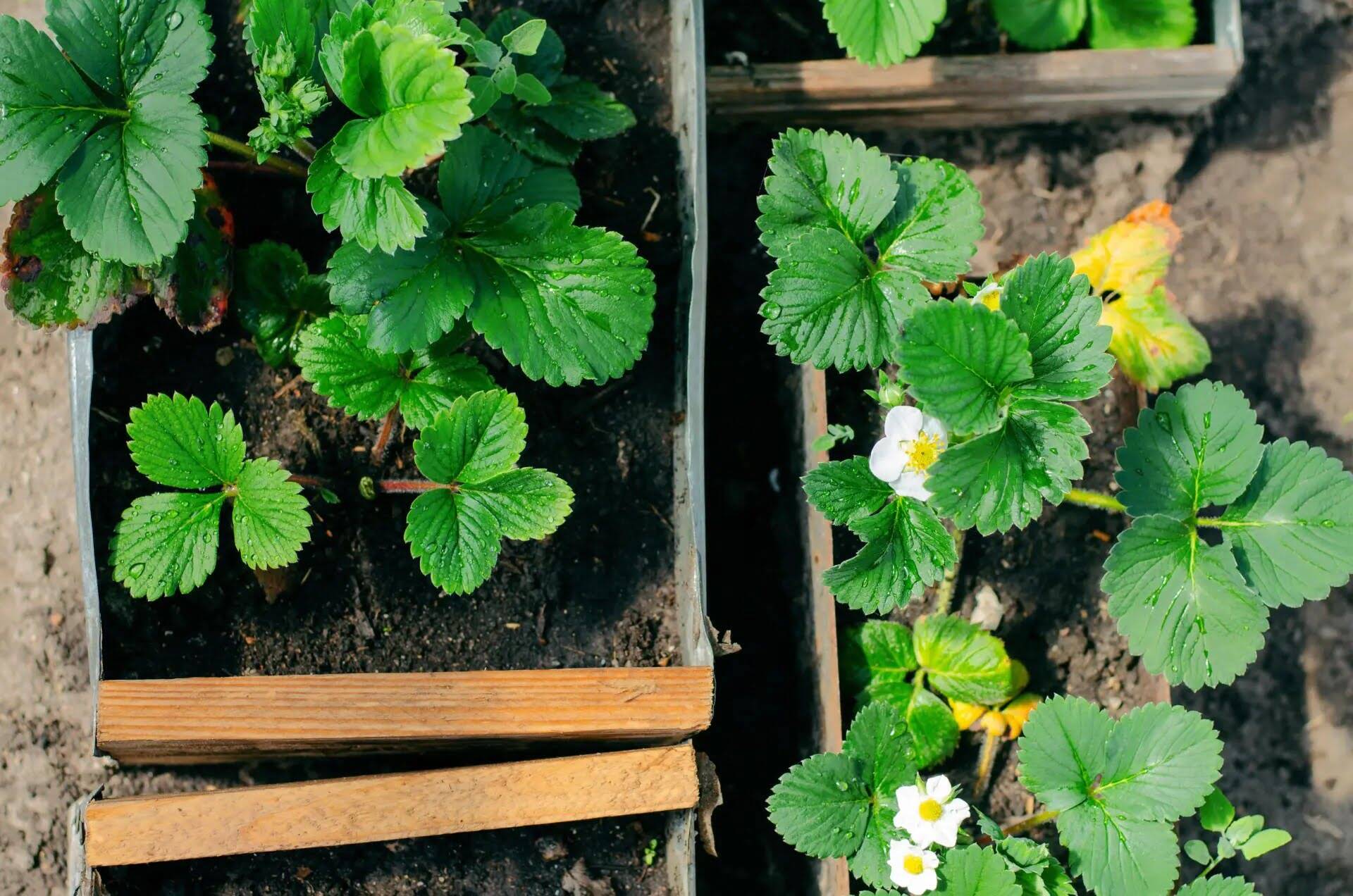
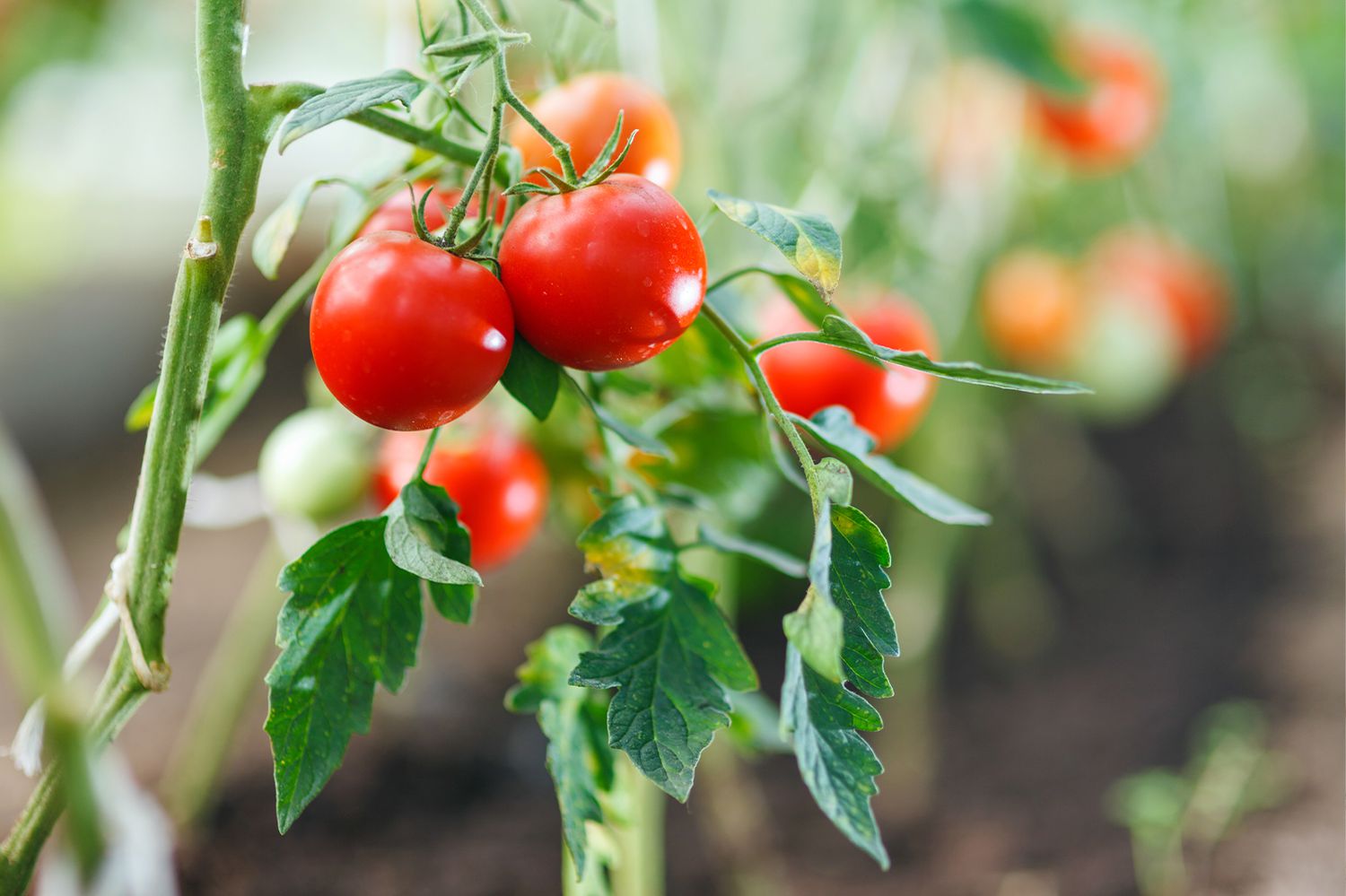
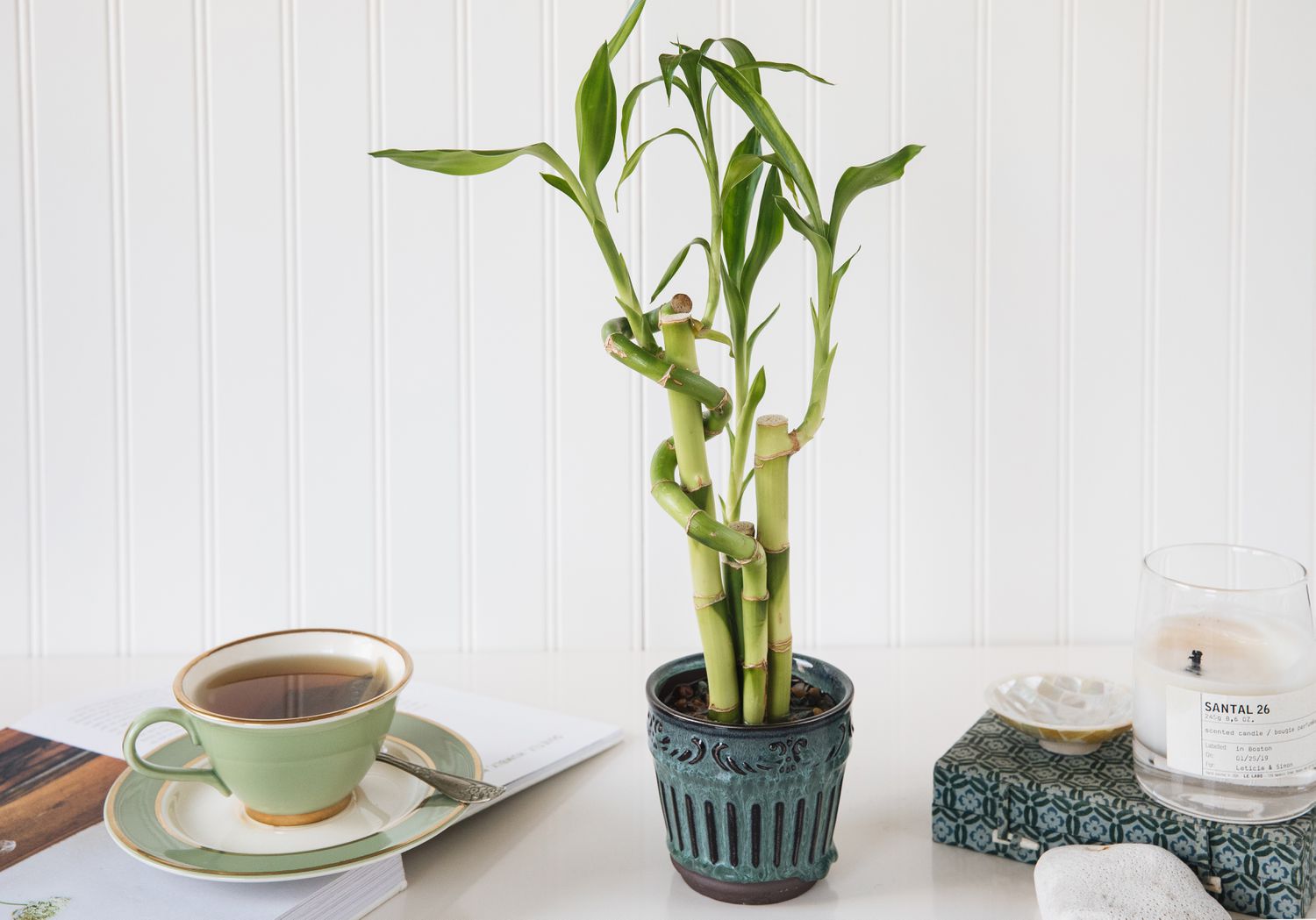
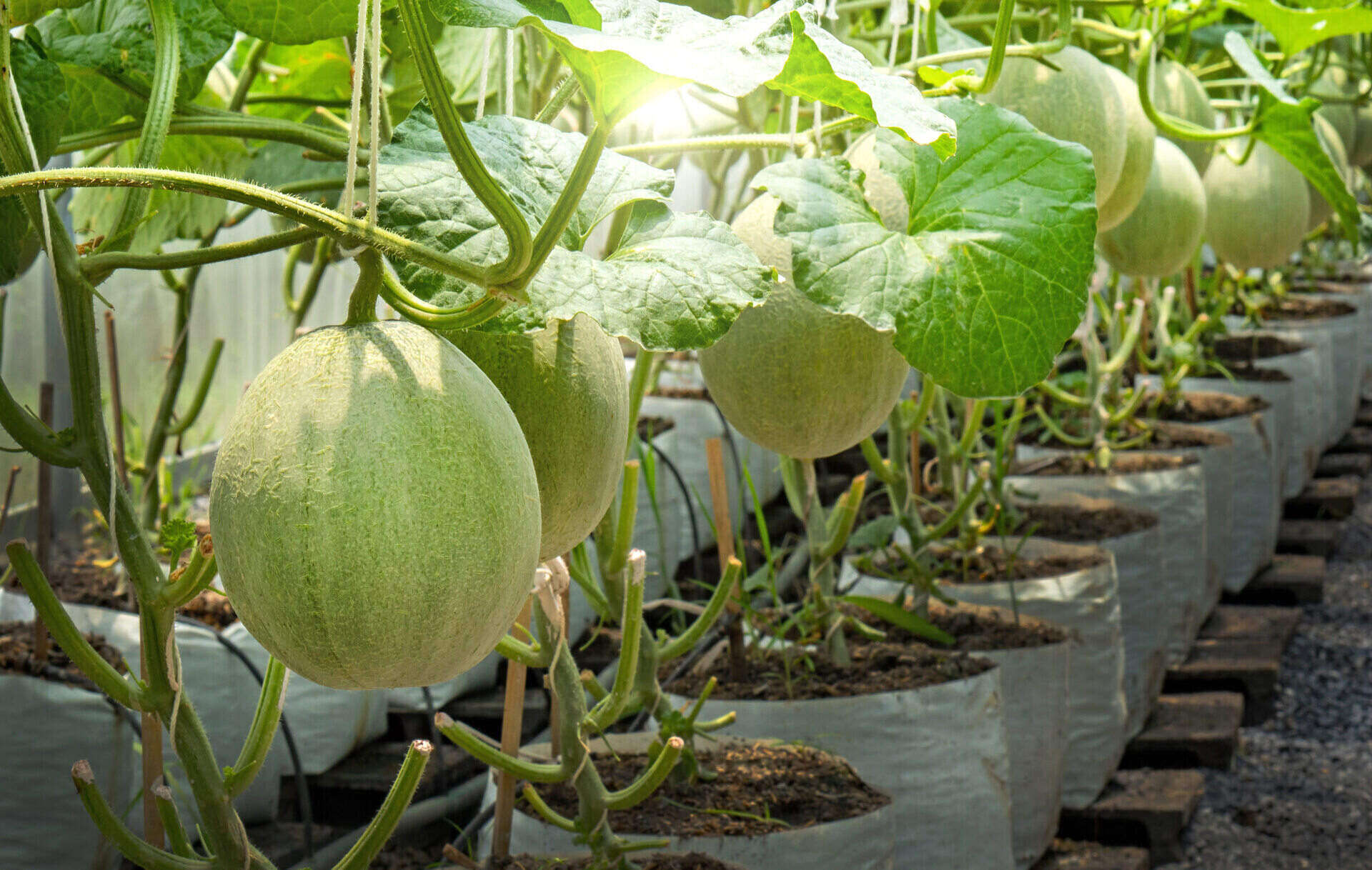
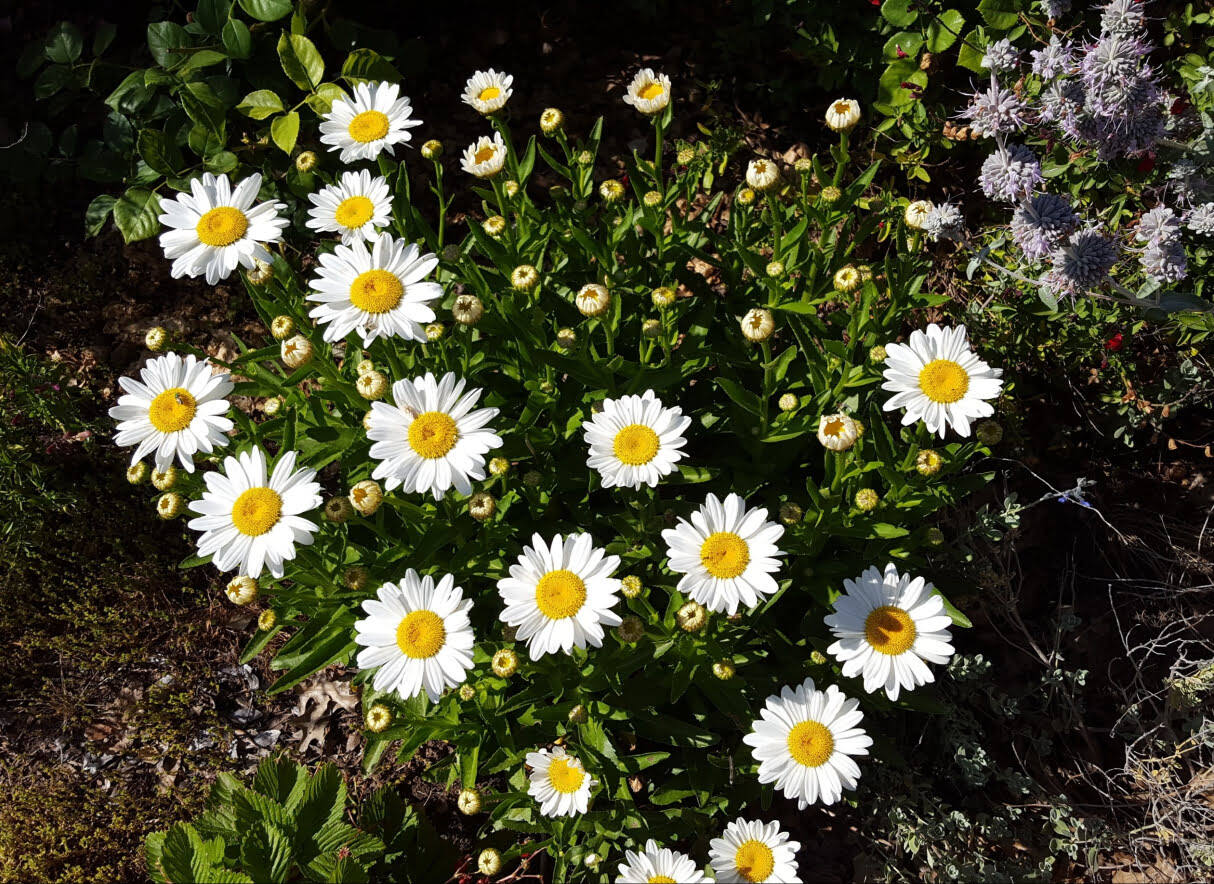
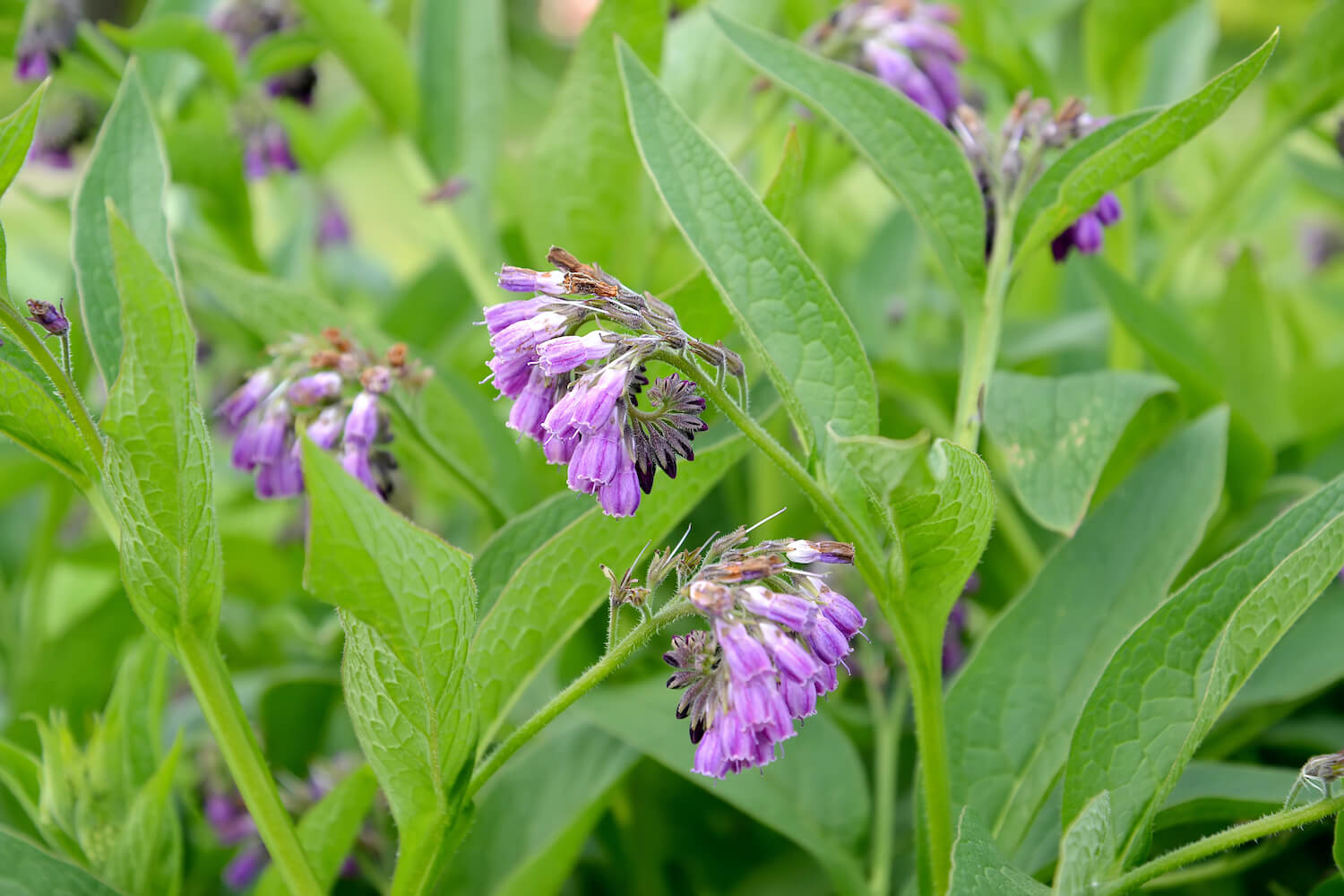
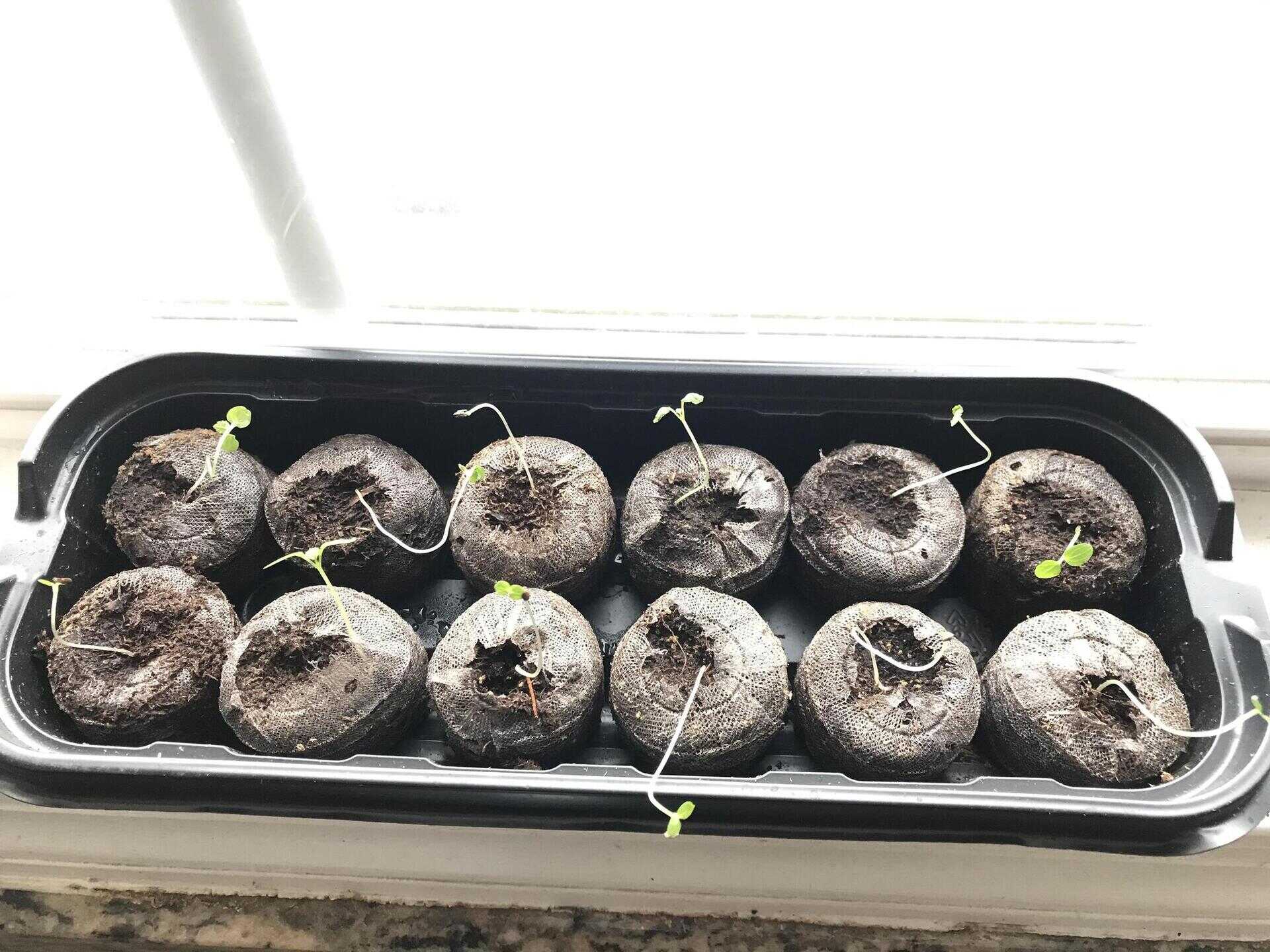
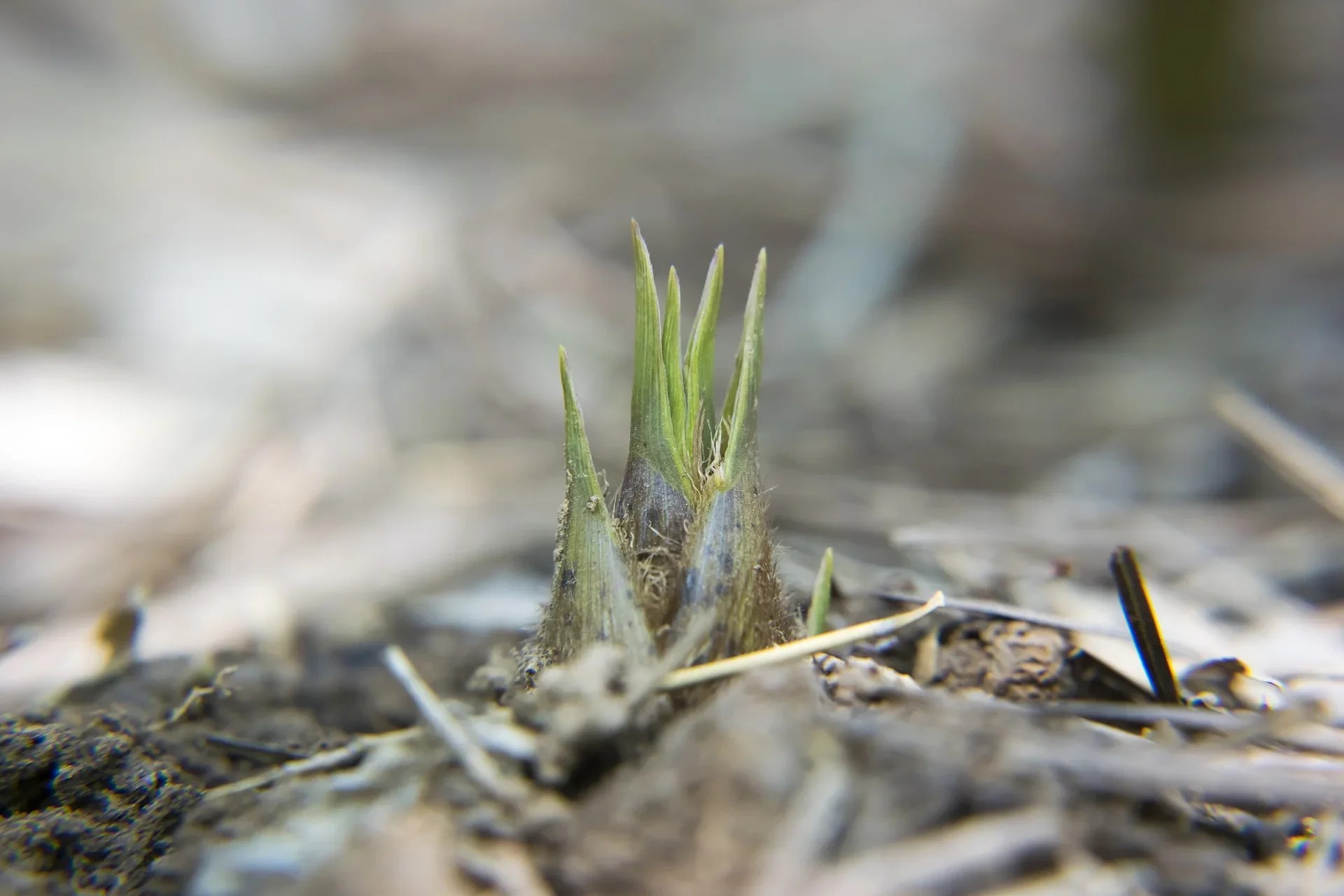
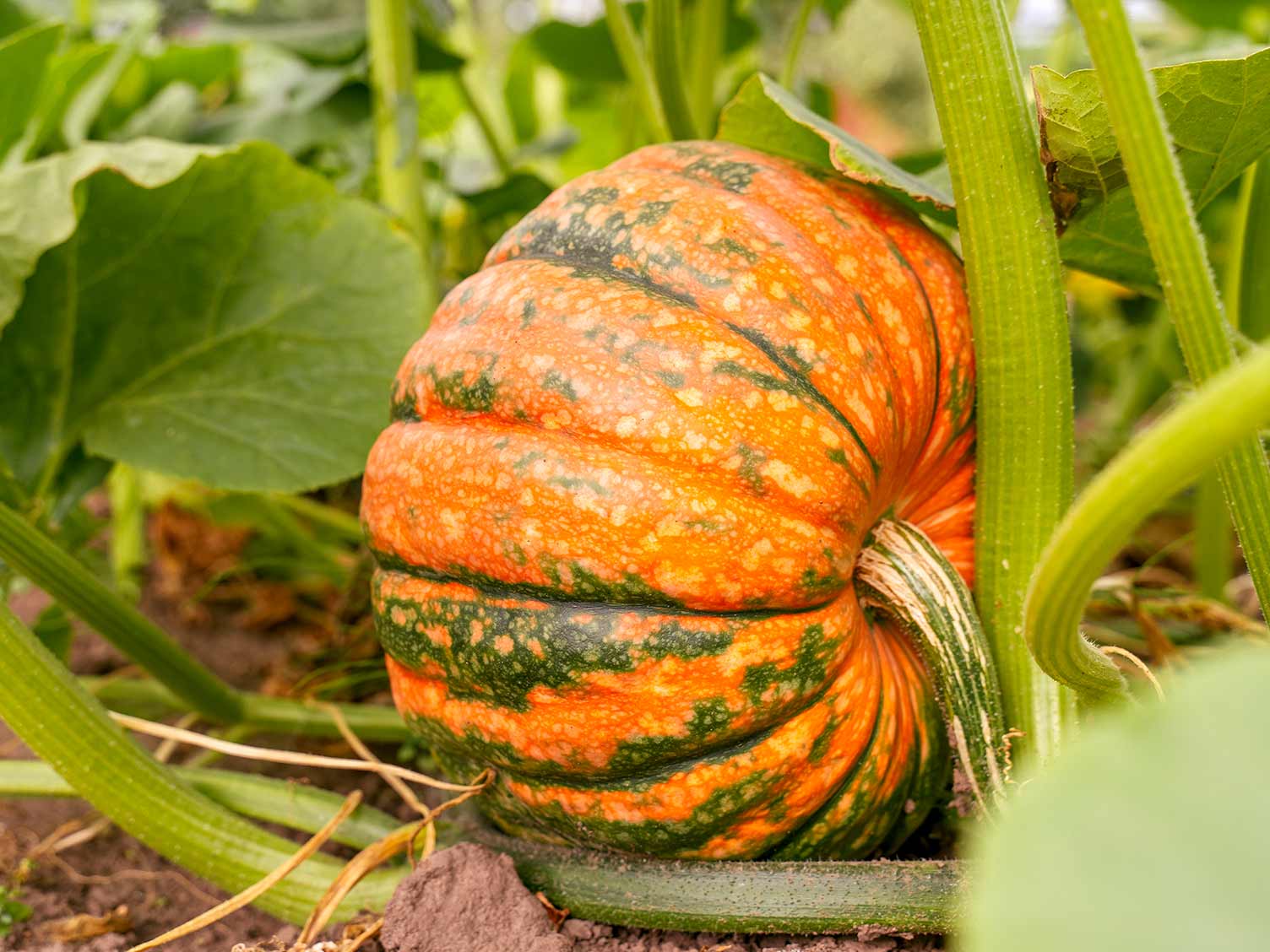
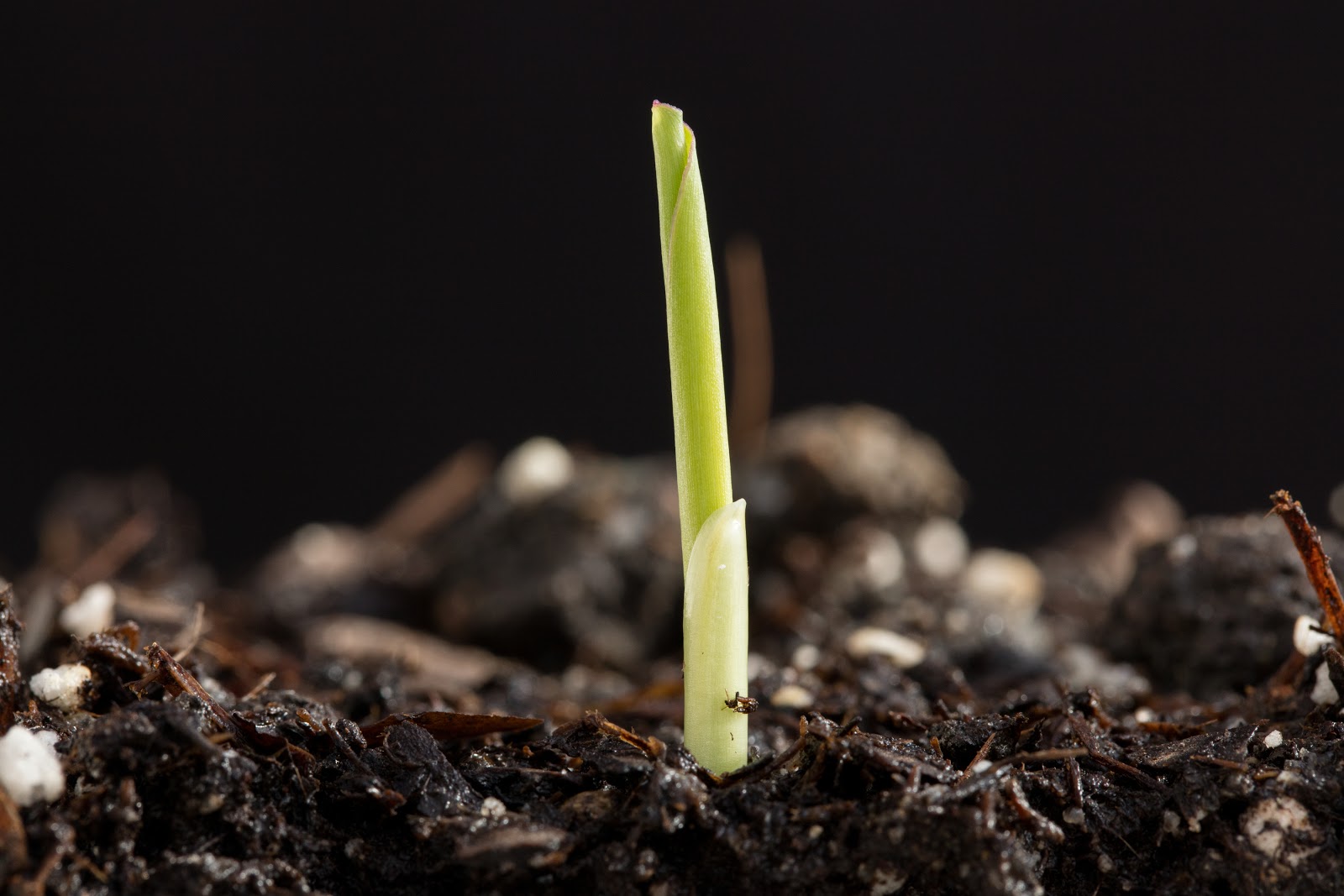
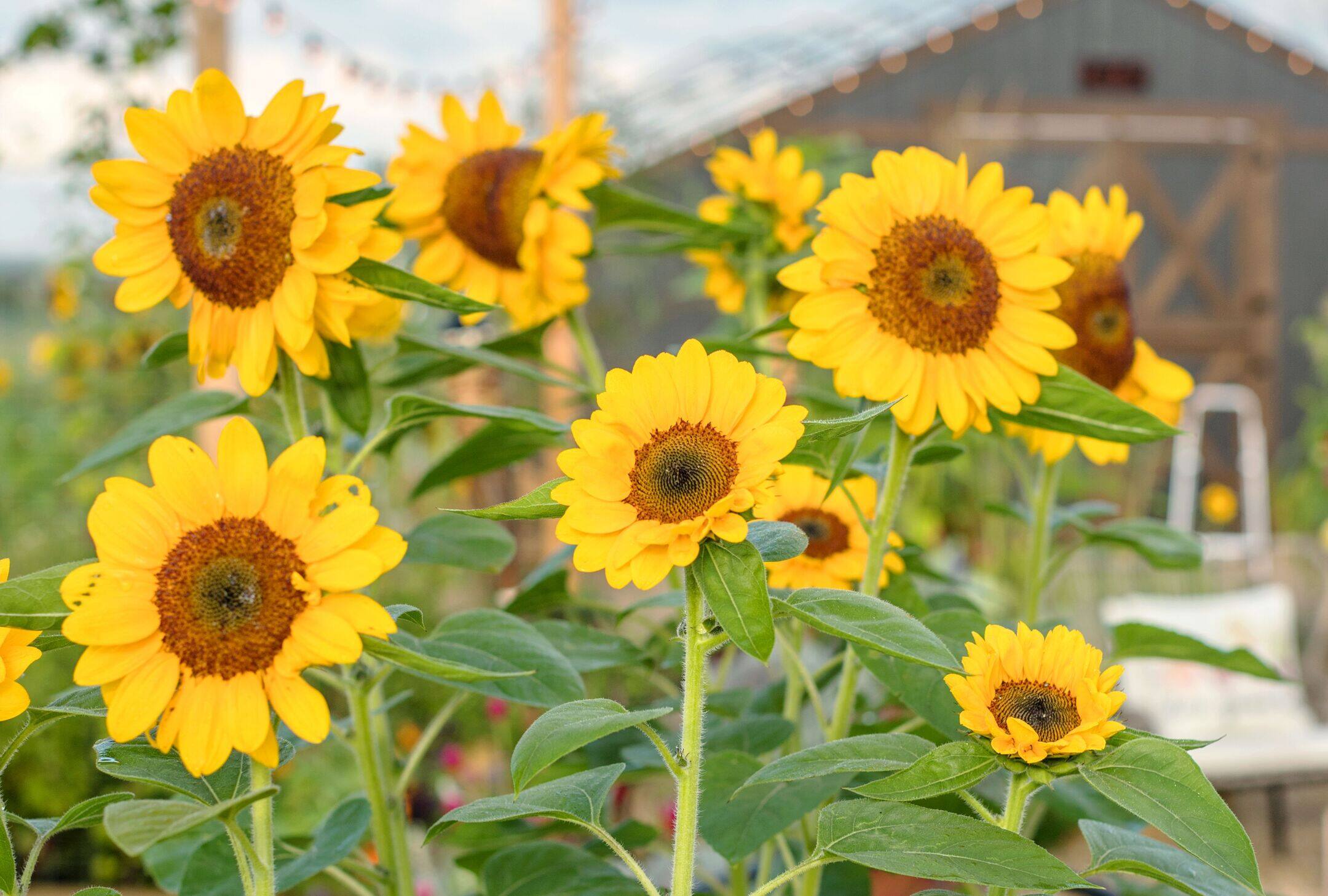
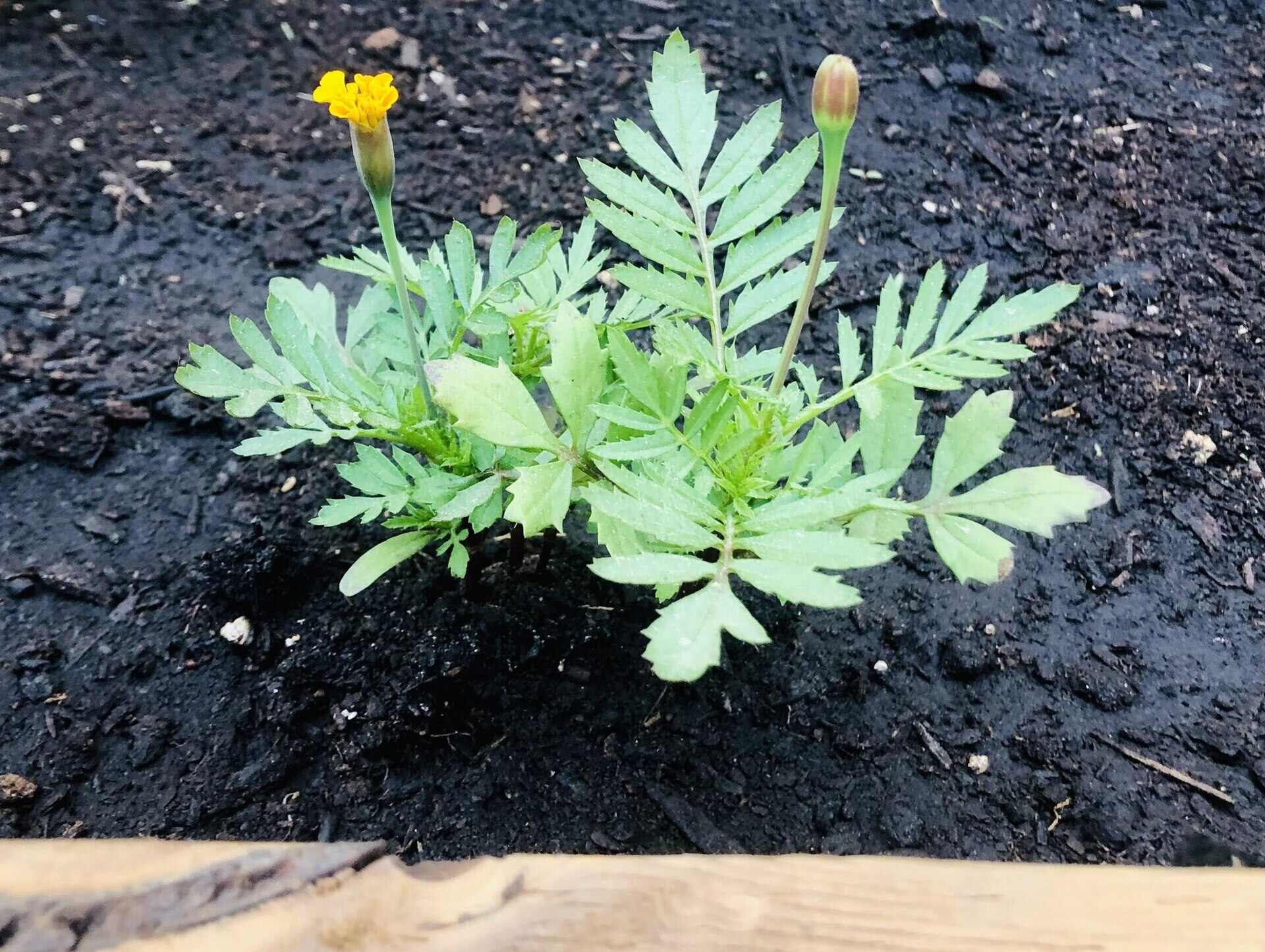

0 thoughts on “How Long Does It Take Watermelon To Grow From Seed”